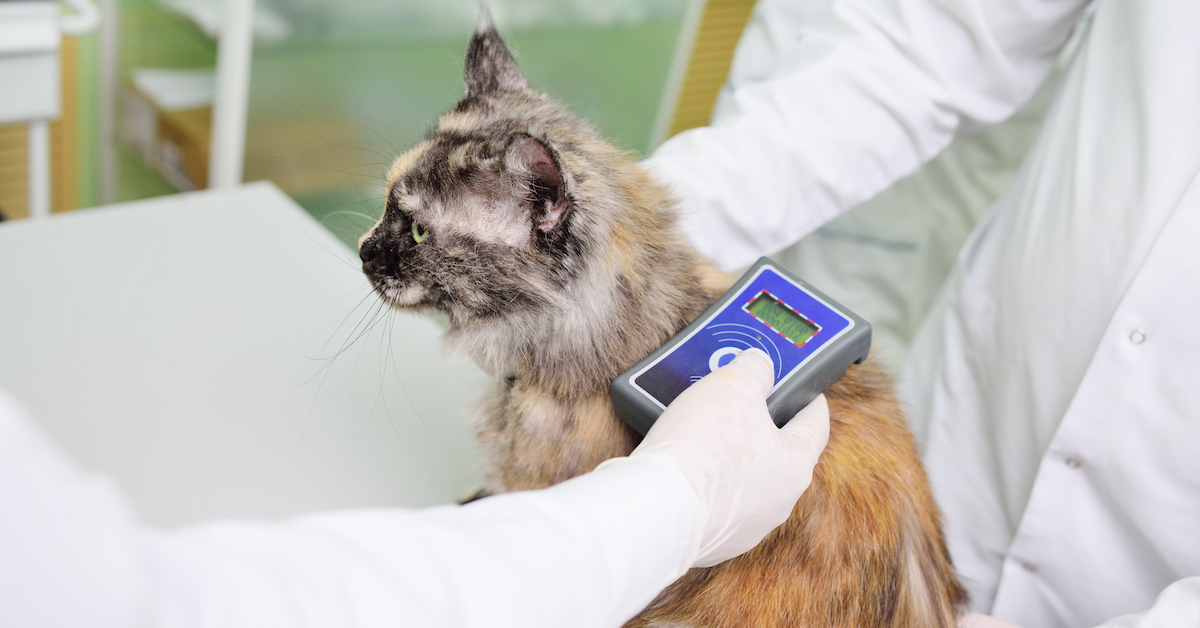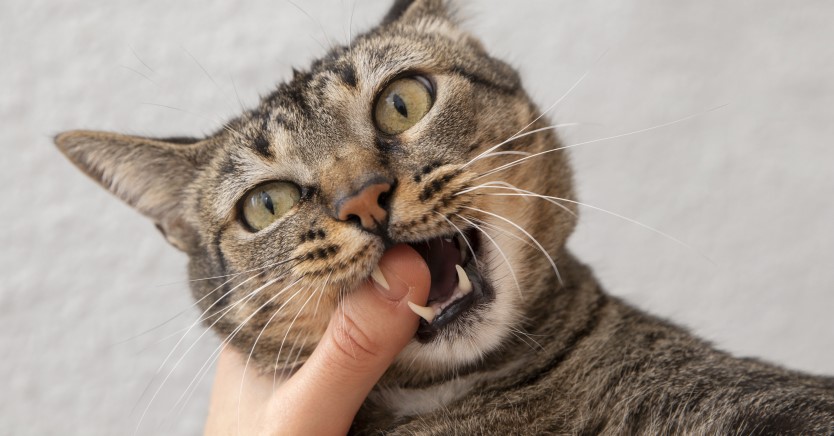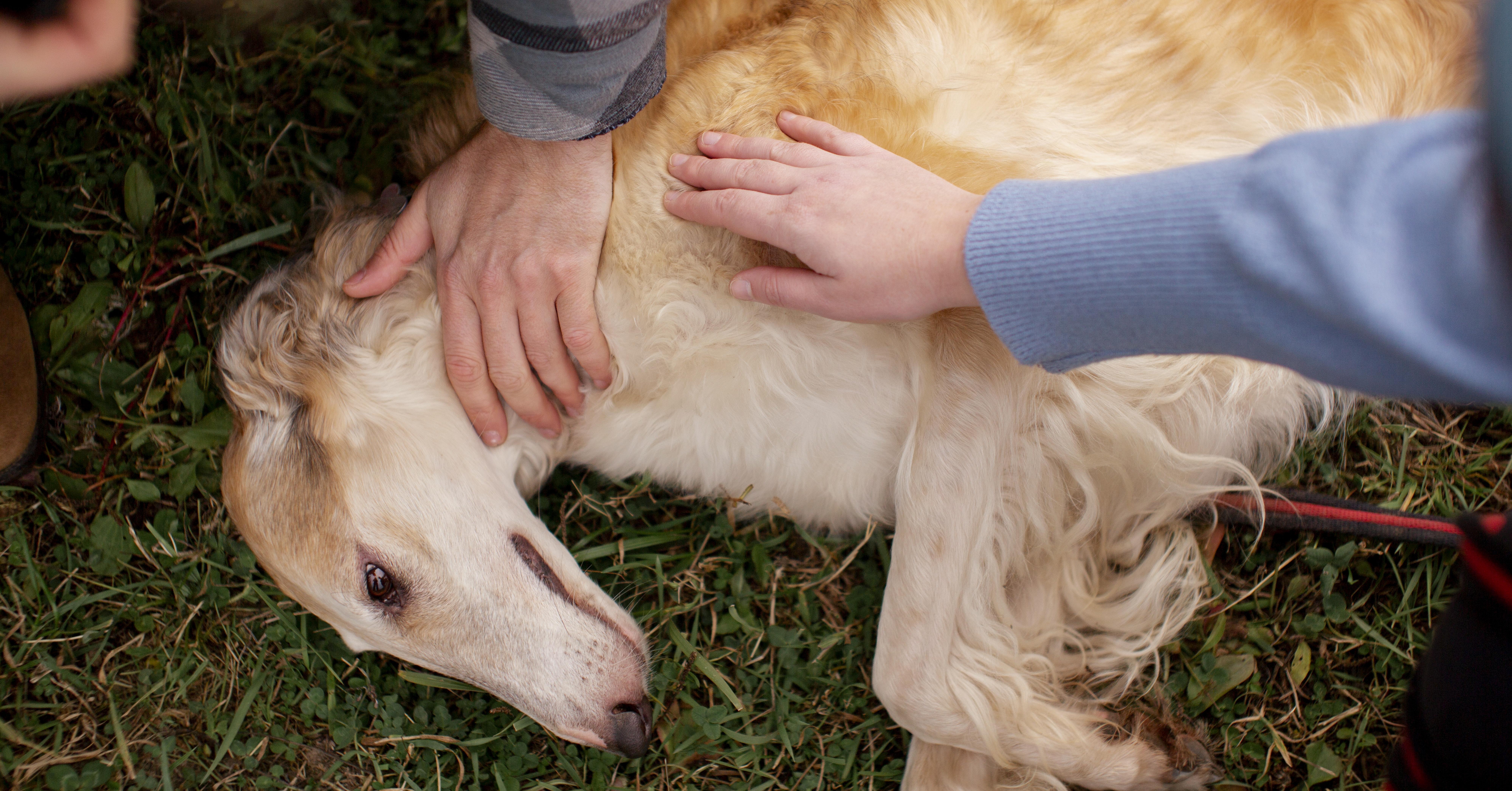The Science Behind Pet Microchipping
Microchips use radio frequency technology to help reunite pets with their owners.

Microchips play a key role in helping to reunite lost pets with their owners. According to research from Ohio State University, the return-to-owner rate for cats was approximately 20 times higher and for dogs, 2.5 times higher for microchipped pets compared to non-microchipped pets. Microchips provide animals with identification in the event that they are lost or stolen. When a lost cat or dog is found and taken to a vet or animal shelter, one of the first things they will do is scan the animal for a microchip.
What Is a Microchip?
Pet microchips are often confused with similar forms of technology. A microchip is not a GPS device, location tracker, or any other type of surveillance technology. Instead, it is a small, electronic chip that is embedded under an animal’s skin.
The rice-sized microchip is enclosed in glass and contains a unique identification number. When the microchip is scanned using a microchip scanner, the unique ID number is revealed on the scanner’s screen.
This number can then be used to search for the pet owner in a pet recovery database. These expansive databases generally include the personal contact information of pet owners, such as names, addresses, and phone numbers.
How Do Microchips Work?
Microchips used for use in pets rely on radio frequency technology. While tiny, each pet microchip contains a radio receiver and transponder that allows the microchip scanner to receive the critical information needed to reunite a lost pet with its owner. Radio frequency identification (RFID) uses radio waves to transmit data, as well as electromagnetic forces for power.
RFID tags are available in several different forms. The type that is used in animals does not need to continually transmit information, but rather store data. RFID tags used for pets are referred to as passive RFID tags and do not require a battery or any internal power source. Instead, the tag sits inert in the pet, waiting to be read by a microchip scanner.
Microchip capsules are made up of several important components that help them perform their job effectively. The glass that the chip is encased in is biocompatible, meaning it is not toxic and will not harm your pet.
Some pet microchips also include caps that are constructed of polypropylene polymer to prevent the microchip from moving once implanted under the skin. Polymer is used to encourage the growth of connective tissue around the microchip to help hold it in place. Microchips do not break down over time and will never expire in your pet’s lifetime. However, the removal of microchips can be difficult.
How are Microchips Inserted?
It is normal for pet owners to be concerned about the insertion of microchips. Some people worry that the process will be painful for their pet due to the size of the microchip. In reality, the procedure is fairly painless and similar to a routine vaccination. The procedure does not even require anesthesia, although some vets do use a local anesthetic. However, if you are concerned about the pain aspect, consider getting your pet microchipped while he is asleep during another procedure, such as a spay or neuter.
During the placement of a microchip, the vet uses a hypodermic needle that holds the tiny microchip. Microchips received by veterinarians also have a unique identification number encoded into the device. In fact, the microchip typically comes inside the needle with an applicator. Most vets use AKCCAR needles that have a retractor handle that easily connects to an applicator for easy insertion. When triggered, the needle pushes the microchip under the skin where it remains permanently.
While microchips may seem complex, they are not as costly as most pet owners would think. The typical cost of microchip implantation ranges between $25 and $65. Pet owners are typically required to pay registration fees separately which allows them to put their personal contact information into a database. Most pet owners would agree that the small price of a microchip is worth it to have their pet returned quickly and safely. It is important to remember that the implantation of a microchip is meaningless if the pet owner fails to register the animal.
Why Is Microchipping Important?
One of the most important decisions you can make for the health and safety of your pet is to have your cat or dog microchipped. There are several key benefits of microchipping a pet, including:
- Improve your odds of being reunited with your lost pet. Microchipping can significantly increase your odds of being reunited with a lost or stolen pet by making it easier for whoever finds your pet to obtain your contact information.
- Maintain proof of ownership. If your pet is ever lost or stolen, you may have trouble proving that you’re the owner if you don’t possess the proper documentation. A microchip is a great way to prove that you’re the owner.
- It’s quick and inexpensive. Having a microchip implanted under your pet’s skin is a fast and inexpensive process. This service takes just a few minutes to complete but will last your pet a lifetime.
While having a microchip can be useful, it is not the only thing that can help reunite you with your pet if he is lost or stolen. Consider pairing a microchip with an identification tag connected to your pet’s collar. If your pet is found by a stranger, a visible ID tag can help get your pet home faster.
Ready to start saving money on pet wellness care?
Then take a look at Mint Wellness, the pet wellness plan that provides fast reimbursement on routine pet care. Save on vaccinations, wellness exams, preventatives, dental, and more!
Learn More


